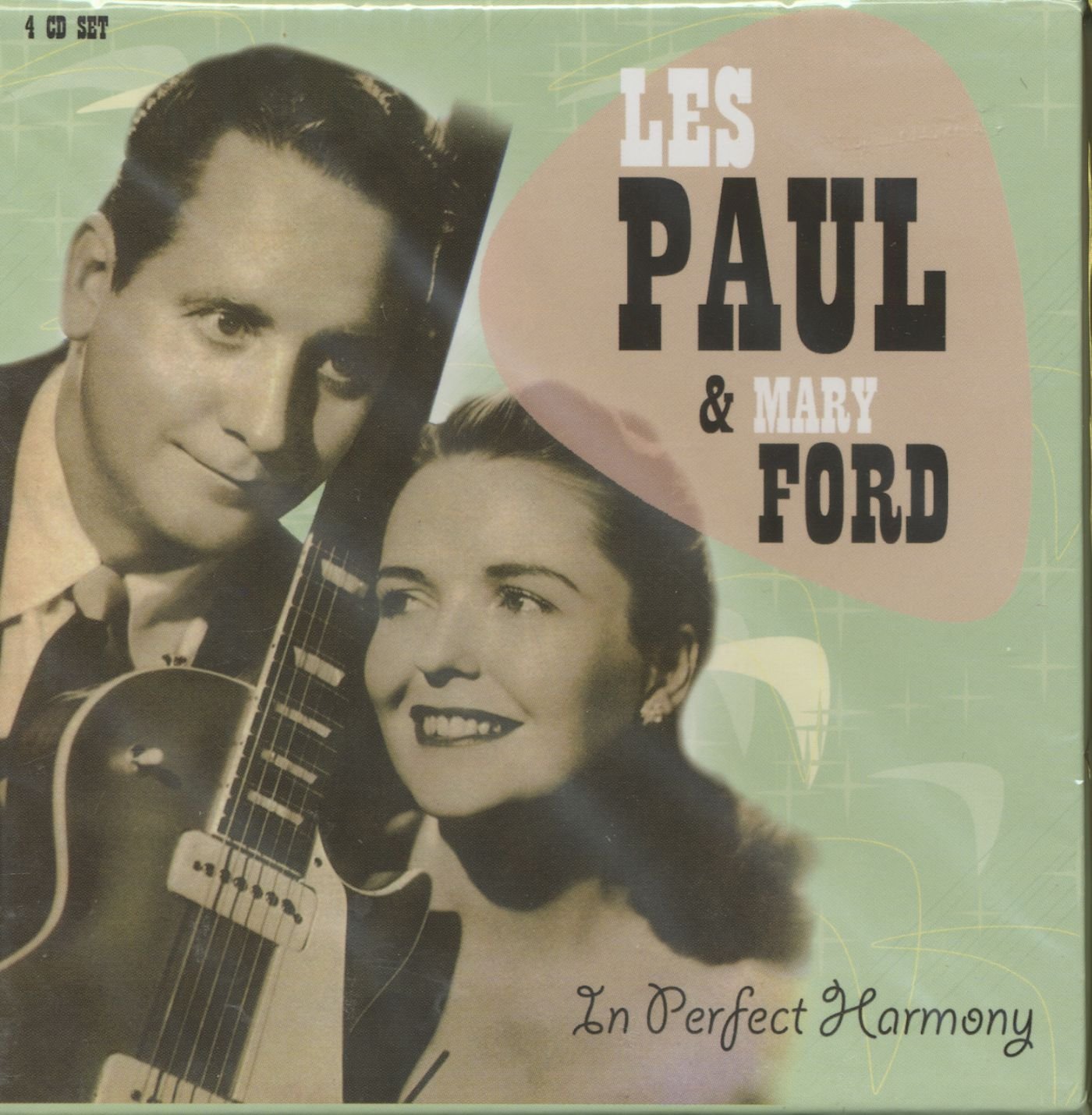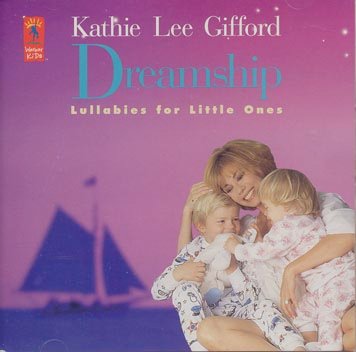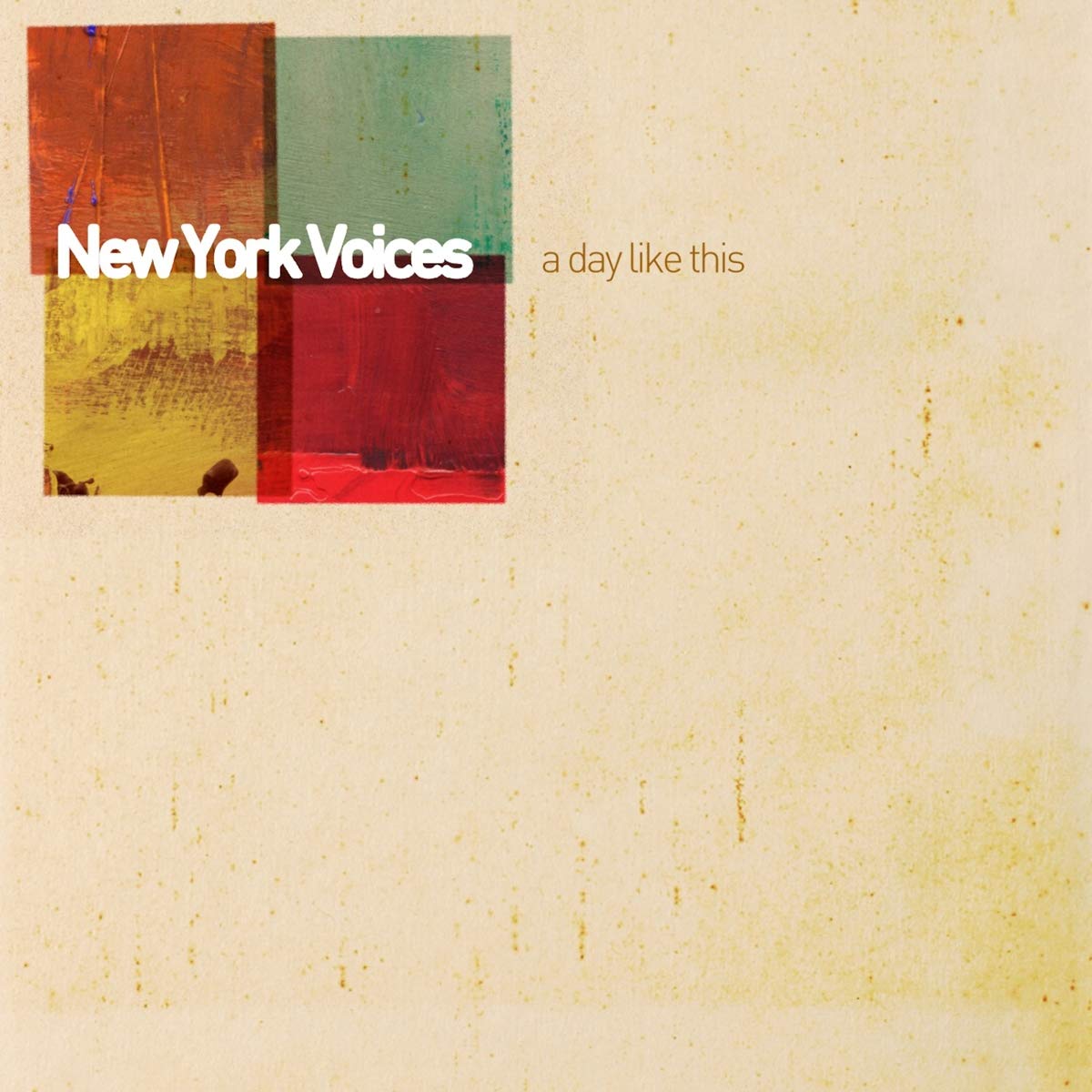Amazon.com This five-CD box set soundtrack to filmmaker Ken Burns’s 10-part, 19-hour documentary Jazz spans nearly a century of jazz styles, from the martial rhythms of James Reese Europe to the soul-jazz of Grover Washington Jr. It includes time-tested classics like Benny Goodman’s 1938 classic, “Sing, Sing, Sing”; John Coltrane’s chanting 1965 immortal track, “A Love Supreme”; Billie Holiday’s blue-ember ballad, “God Bless the Child”; and Ella Fitzgerald peeling off “A-Tisket A-Tasket.” Bebop is represented by Charlie Parker’s orchestral bop version of “Just Friends”; Thelonious Monk’s nocturnal calling card, “‘Round Midnight”; and Dizzy Gillespie’s “Salt Peanuts” and “Groovin’ High.” The jazz-instrumentalist-as-singer comes to life on Coleman Hawkins’s “Body and Soul” and Horace Silver and the Jazz Messengers’ “Doodlin’.” Clifford Brown and Max Roach’s “I Get a Kick out of You” epitomizes the hard-bop era, while Miles Davis’s “So What” stands as the modal masterpiece. The cool school is in session with Chet Baker and Gerry Mulligan dishing out “Walkin’ Shoes,” and the Modern Jazz Quartet’s soulful elegy “Django” straddles all the above musical orbits. As for Django Reinhardt, he’s featured on “Shine” with the justly famed Le Quartet du Hot Club de France. Louis Armstrong’s “West End Blues” and “Potato Head Blues” and Duke Ellington’s rousing rendition of Billy Strayhorn’s anthem, “Take the A Train,” and his moody “Solitude” show why they are the Olympian masters of this art form–and the most frequently featured artists in the series. Although Ken Burns tries bringing the music up-to-date with Wynton Marsalis, Cassandra Wilson, and two jazz-hip-hop-influenced tracks–Herbie Hancock’s robotic “Rockit” and the French-language “Un Aige en Danger” by MC Solaar and bass legend Ron Carter–there are significant holes here. After Cecil Taylor and Ornette Coleman, the avant-garde period from the late 1960s to the 1980s is lacking. And aside from the bossa nova hit “Desafinado,” Latin jazz is also missing. It’s a tough task summarizing jazz in five CDs, and Burns has given us a vibrant and vivid multicolored aural portrait of the music. –Eugene Holley Jr. Product Description If you set out to create a single anthology that charted all the twists and tributaries of that uniquely American river we call jazz, you couldn’t do better than this companion set to the PBS series-94 tracks on 5 CDs licensed from virtually every important label in the history of the music. Includes The Pearls Jelly Roll Morton; Charleston James P. Johnson; West End Blues Louis Armstrong & His Hot Five; The Mooche Duke Ellington; Singin’ the Blues Frankie Trumbauer & His Orchestra featuring Bix Beiderbecke; Moten Swing Benny Moten’s Kansas City Orchestra; Strange Fruit Billie Holiday; Three Little Words Art Tatum; Body and Soul Coleman Hawkins; In the Mood Glenn Miller; Take Five Dave Brubeck; So What Miles Davis; Giant Steps John Coltrane; Desafinado Stan Getz & Charlie Byrd, and many more classics. Review Ken Burns Jazz – The Story of America’s Music collects 94 tracks of music on five CDs along with 48 pages of annotation, explanation, and photographic documentation. It’s all in the service of telling a tale of Americans working together, overcoming differences and conflicts, and moving toward a common goal. The general backdrop, of course, is the development of an indigenous music and its intertwinings with American life throughout the 20th century. But the central characters of this boxed-set story are really Burns, by now this country’s pre-eminent documentary filmmaker; the producers at PBS, the original if no longer the dominant national television network; and the staffs of two major record labels, Verve and Columbia Legacy, who, in combination, possess a significant slice of jazz’s history in their vaults. Before it can be appreciated as a telling of jazz’s tale, Ken Burns Jazz needs to be considered as the landmark in jazz promotion that it is. Burns is one of few Americans – maybe the only one – who could commandeer some 20 hours of television time dedicated to jazz, a music that, despite its rich history, now appeals to only a small minority of American ears. Burns has surrounded his 10-part PBS documentary with a book, a five-CD boxed set, a 20-track “best of” CD, and 22 single-artist discs that compile the work of artists profiled in the series. The musical output represents a rare and historic union of two companies that regularly compete for market share in jazz’s reissue bins (and that’s where much of the action is these days). But this is about raising jazz’s market share overall, and one need only read the evangelical zeal of Burns’ liner notes to appreciate that. That’s something we need not – in fact, should not – look at cynically. If the record executives are hopping on Burns’ bandwagon, it’s for a good reason: Besides the fact that jazz isn’t heard all that much by general audiences, even when it is heard, it l
Ken Burns Jazz: The Story of America’s Music
$6.08
This five-CD set serves as an auditory resource for studying the history and evolution of various jazz styles.
Additional information
| Weight | 0.567 lbs |
|---|---|
| Dimensions | 15 × 25.4 × 2.8 in |






Reviews
There are no reviews yet.